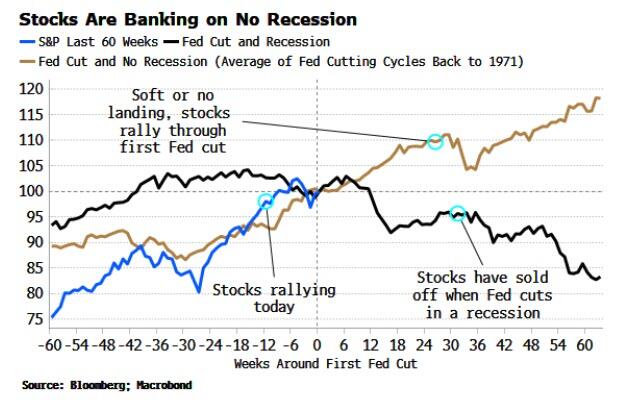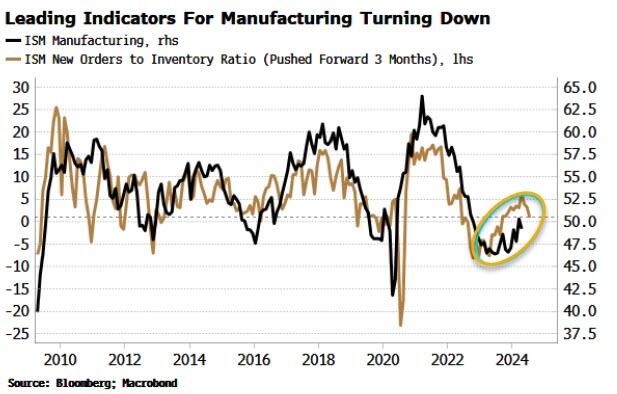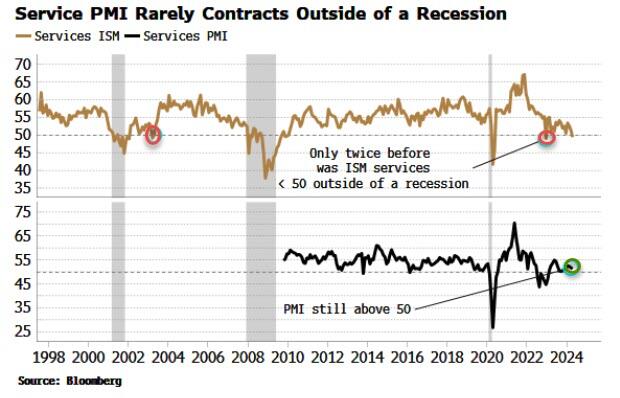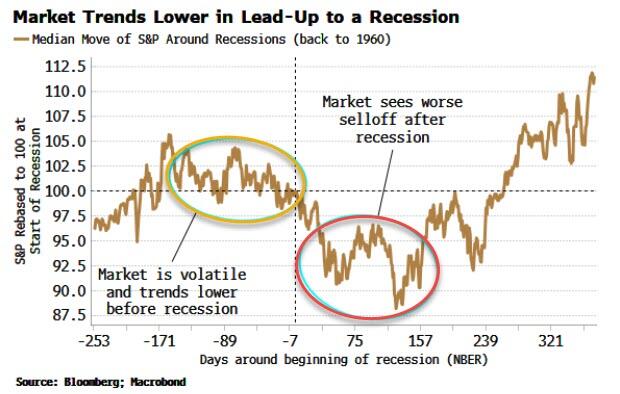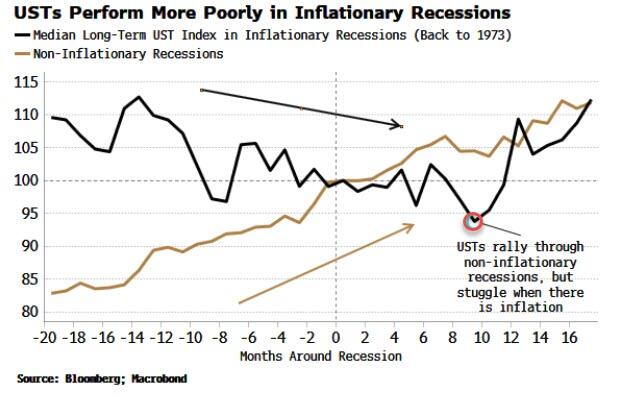The Centers for Disease Control and Prevention repeatedly warned the public to reject purported misinformation about COVID-19 vaccines even after contradicting its then-director's certainty that the rushed-through therapeutics stop infection and transmission of SARS-CoV-2.
Rochelle Walensky kept promoting the claim, which she knew was false just a month after emergency use authorization, as late as April 2023, several months after former White House COVID adviser Deborah Birx said she "knew" the vaccines wouldn't stop infection.
The agency is at it again, publishing two papers last month in prestigious medical journals on the threat of misinformation, shortly before its newly disclosed reviews of COVID vaccine-injury reports add a wrinkle to the CDC's claim it had no evidence the vaccines could kill people.
The journals are owned by The Lancet, the British medical publisher that ran a February 2020 statement decrying "conspiracy theories" that COVID didn't emerge naturally, written by EcoHealth Alliance President Peter Daszak and signed by more than two dozen scientists.
The Lancet recused Daszak months later for failure to disclose "competing interests," that EcoHealth passed through U.S. taxpayer money to the Wuhan Institute of Virology, a suspected source of SARS-CoV-2. The House Select Subcommittee on the Coronavirus Pandemic grilled Daszak this week on that failure and why he didn't identify himself as the lead author.
The publisher also convened a COVID commission that included Daszak, which its chairman, Jeffrey Sachs, shut down in fall 2021 due to concerns about Daszak's conflicts of interest and EcoHealth's influence.
While COVID vaccine makers invariably play down the frequency and severity of side effects, AstraZeneca recently admitted its vaccine causes a life-threatening combination of blood clots and low platelet counts in "very rare cases," in response to U.K. litigation by more than 50 families claiming it contributed to deaths or impairments.
The CDC turned over a spreadsheet to The Epoch Times containing nearly 3,800 Vaccine Adverse Event Reporting System reports of heart inflammation following COVID vaccination, including 101 deaths, that staff had investigated using "medical records, death certificates, and autopsies" from April 2021 to April 2023, with most reviews completed in 2021, the Times said.
While the Freedom of Information Act production redacts some fields under an exemption for personal privacy, including lot numbers of vaccine doses that could link adverse events to specific batches, it leaves intact a plethora of other fields including age, specific vaccine, inoculation date by dose and healthcare providers' notes on each case.
The word "autopsy" shows up 120 times, though some of them appear in more than one field in the same report, and "death certificate" in 20 unique reports.
The Food and Drug Administration rejected a Times FOIA request for the autopsies themselves in 2022, citing the privacy exemption used to hide lot numbers, known as (b)(6). Kim Witczak, consumer representative on the FDA's advisory committee for new drugs, questioned why it couldn't simply redact identifying information at the time.
Several official records and providers' notes in the spreadsheet identify vaccination as causing or contributing to death, which CDC staff either rejected or said couldn't be tied solely to vaccination.
The CDC told the Times last summer that the "available evidence" did not verify that Pfizer or Moderna jabs "caused or contributed" to any death reported to VAERS, most of whose reports are made by healthcare providers and manufacturers.
The agency takes "the exact opposite approach" for deaths following confirmed or suspected COVID infections, construing them as related to the virus even years later, U.K. National Health Service pathologist Clare Craig, speaking in her role as co-chair of the nonprofit Health Advisory and Recovery Team, told the Times.
"Epoch Times has mischaracterized the data available through VAERS and the response that CDC provided to them," according to a statement given Just the News by CDC senior public affairs specialist Rosa Norman when asked about the Times report and Craig's asserted double standard.
"COVID-19 vaccines are safe and effective," as documented by "more than 676 million doses administered," the statement reads.
It reiterates previous federal warnings that VAERS is only an "early warning system" whose "number of reports alone cannot be interpreted as evidence of a causal association between a vaccine and an adverse event" nor "the existence, severity, frequency, or rates of problems associated with vaccines."
The agency "has not detected any unusual or unexpected patterns for deaths" following vaccination "that have not already been thoroughly described and made public in the published biomedical literature or public presentations," such as its Advisory Committee on Immunization Practices meetings, the statement says.
ACIP is widely seen as more deferential to the CDC than the Vaccines and Related Biological Products Advisory Committee is to the FDA, which has sometimes overruled or just ignored its advisers on major COVID decisions.
CDC scientists wrote papers published April 19 in The Lancet Public Health, proposing a framework for proactively managing "infodemics," and The Lancet Infectious Diseases, reviewing infodemics in relation to smallpox, cholera, Spanish flu and HIV pandemics, which show that misinformation did not emerge with COVID or social media.
The first paper does not appear to define "misinformation" but says it caused "improper use of medications such as hydroxychloroquine and ivermectin for COVID-19 treatment, negative attitudes toward masking, reduced vaccination intent or uptake, and stigma or discrimination against" high-risk groups for COVID.
The scientists propose "prebunking" against "specific false or misleading claims" as well as "manipulation techniques in general," "platform-based friction intervention" to prevent disfavored content from spreading, and "potentially" revoking licenses from health professionals who "spread disinformation."
The second paper is behind a paywall, but the abstract says past infodemics point the way to "expanding beyond the narrow scope of addressing misinformation to manage information ecosystems, defined as how people consume, produce, interact with, and behave around information, which include factors such as trust, stigma, and scientific literacy."
A former Senate Finance Committee investigator who exposed financial ties between pharmaceutical companies and doctors spotted the papers.
The Lancet is "hoping you forgot The Lancet and CDC spread pandemic misinformation," Paul Thacker wrote in his newsletter, noting the publisher retracted a 2020 study that claimed hydroxychloroquine was "associated with an increased risk of in-hospital mortality" for COVID patients after a medical student highlighted numerous data problems.
Though the New England Journal of Medicine quickly echoed the criticism, the World Health Organization had already halted HCQ trials for COVID based on the paper.
Brown University misinformation professor Claire Wardle is a coauthor on both papers, Thacker emphasized, noting she appears in the Twitter Files.
They show Wardle briefed the advisory committee for the Department of Homeland Security's Cybersecurity and Infrastructure Security Agency, which helped convene a private-led consortium to report purported misinformation to social media platforms for suppression.
She also emailed Twitter executives her report on vaccine "conspiracy theories" on social media, including that vaccine mandates would follow mask mandates, shortly after Pfizer claimed its vaccine did well in clinical trials in 2020.
After vaccine mandates came to pass, Wardle pivoted to describing criticism of mandates itself as misinformation, Thacker said.

